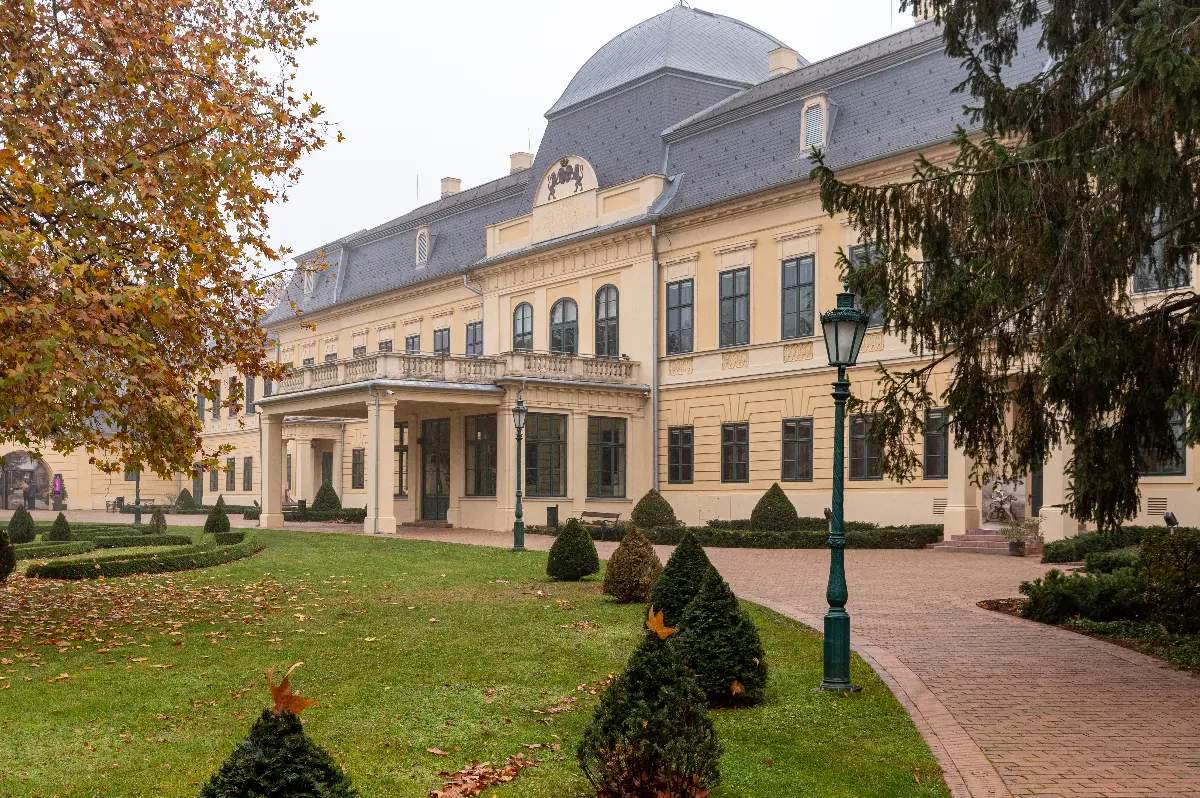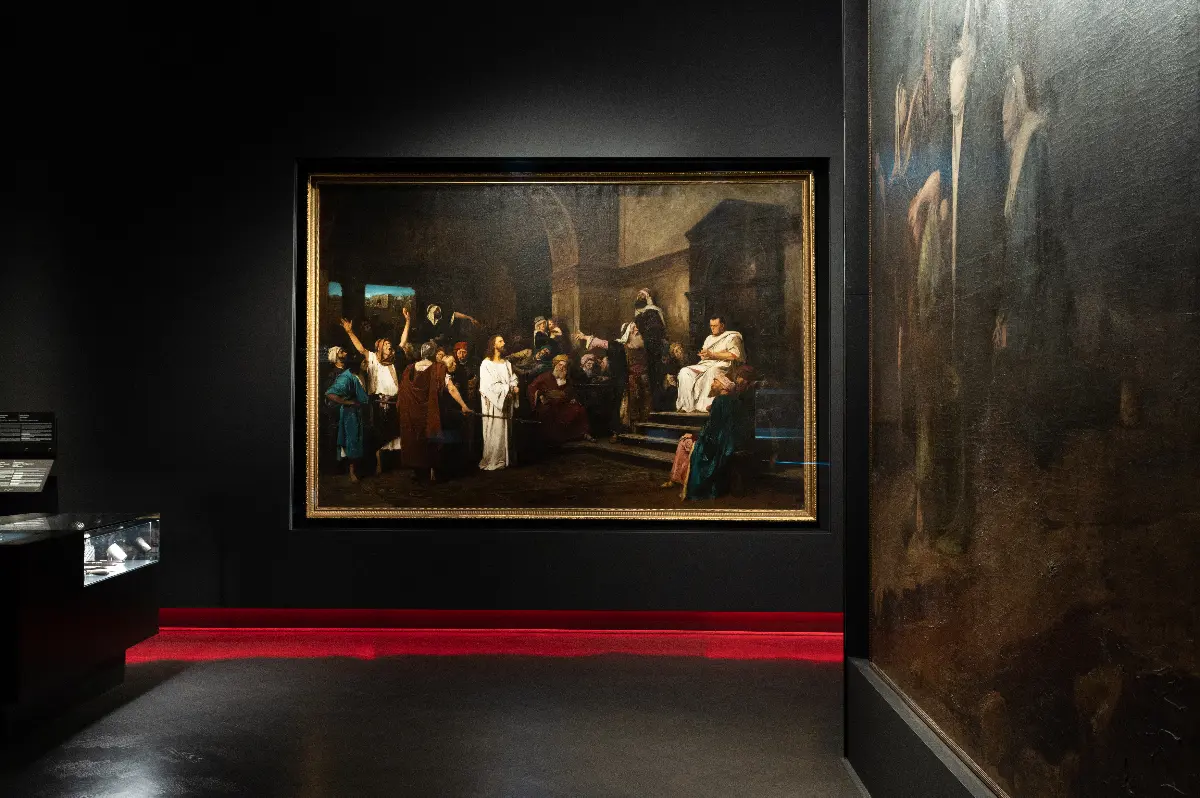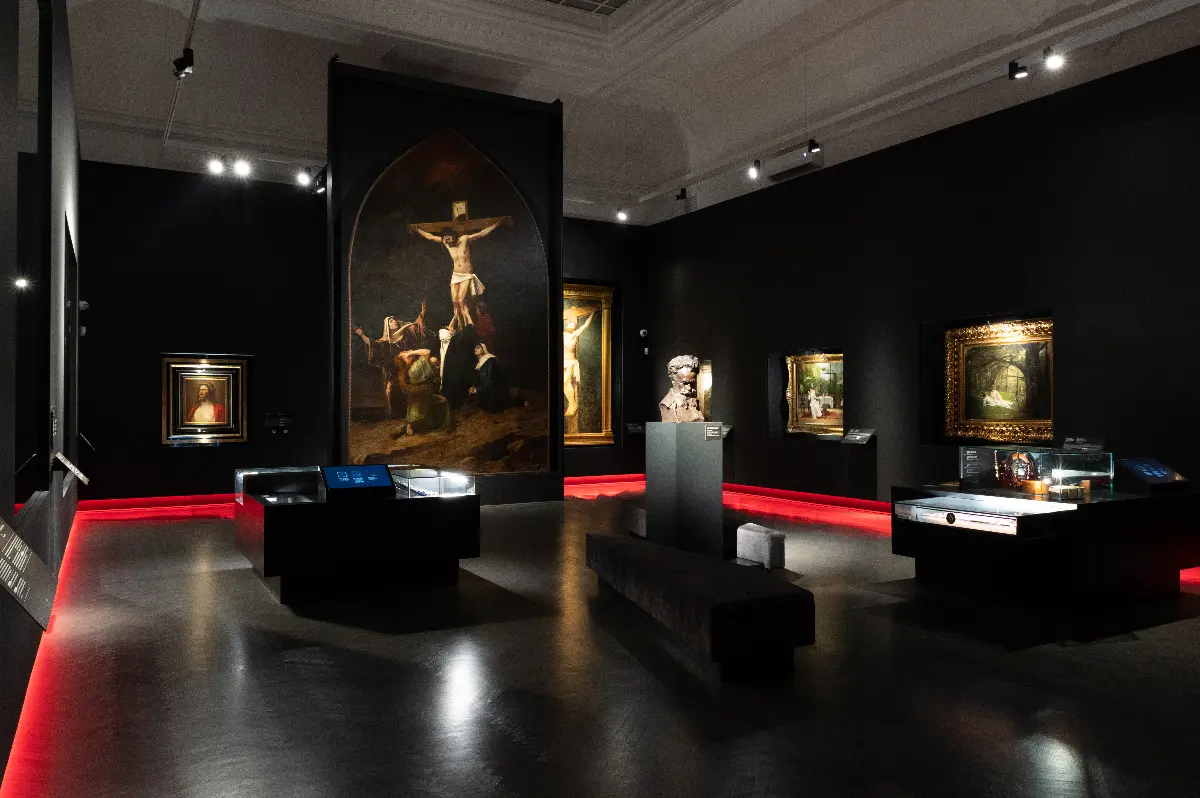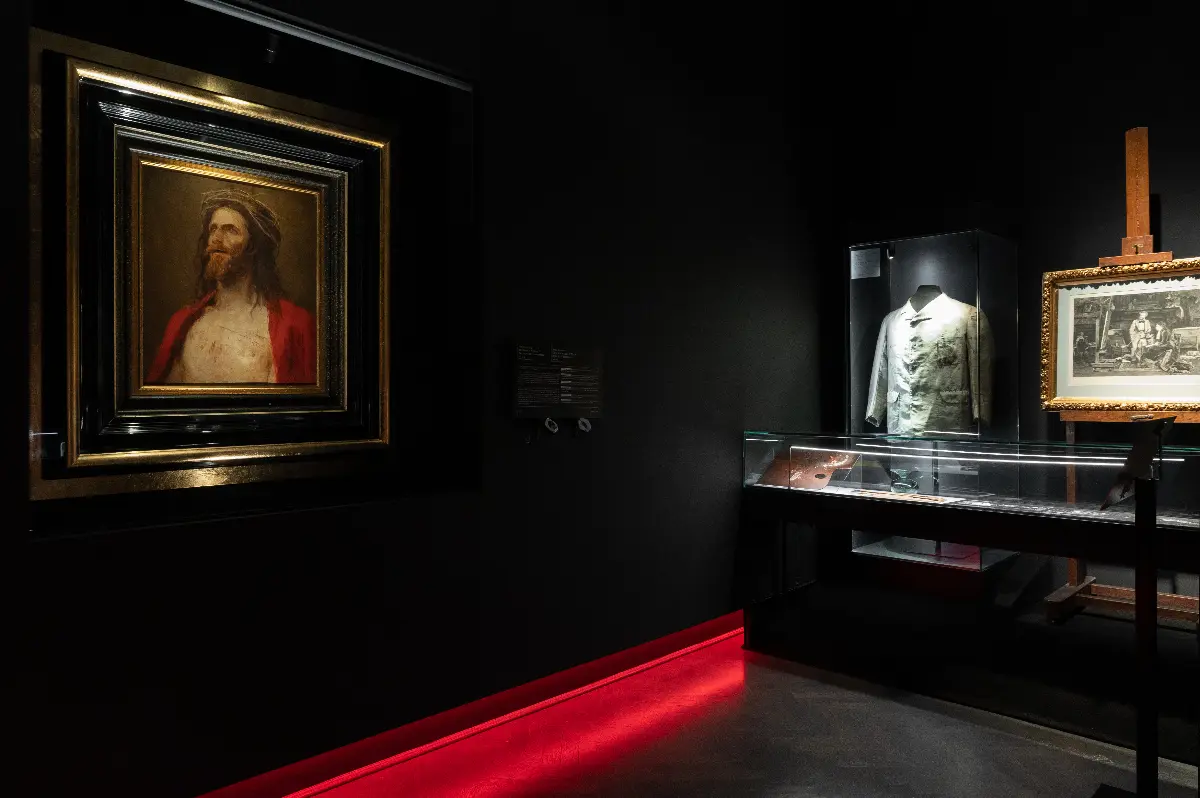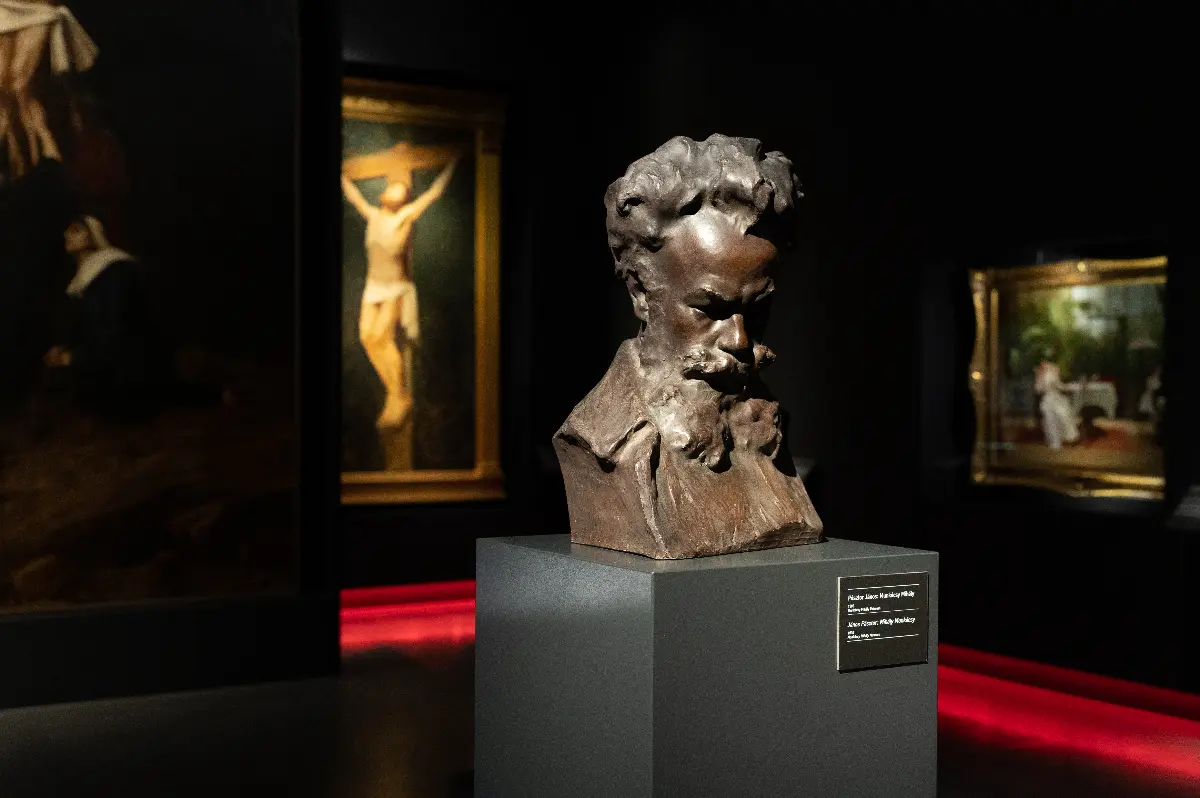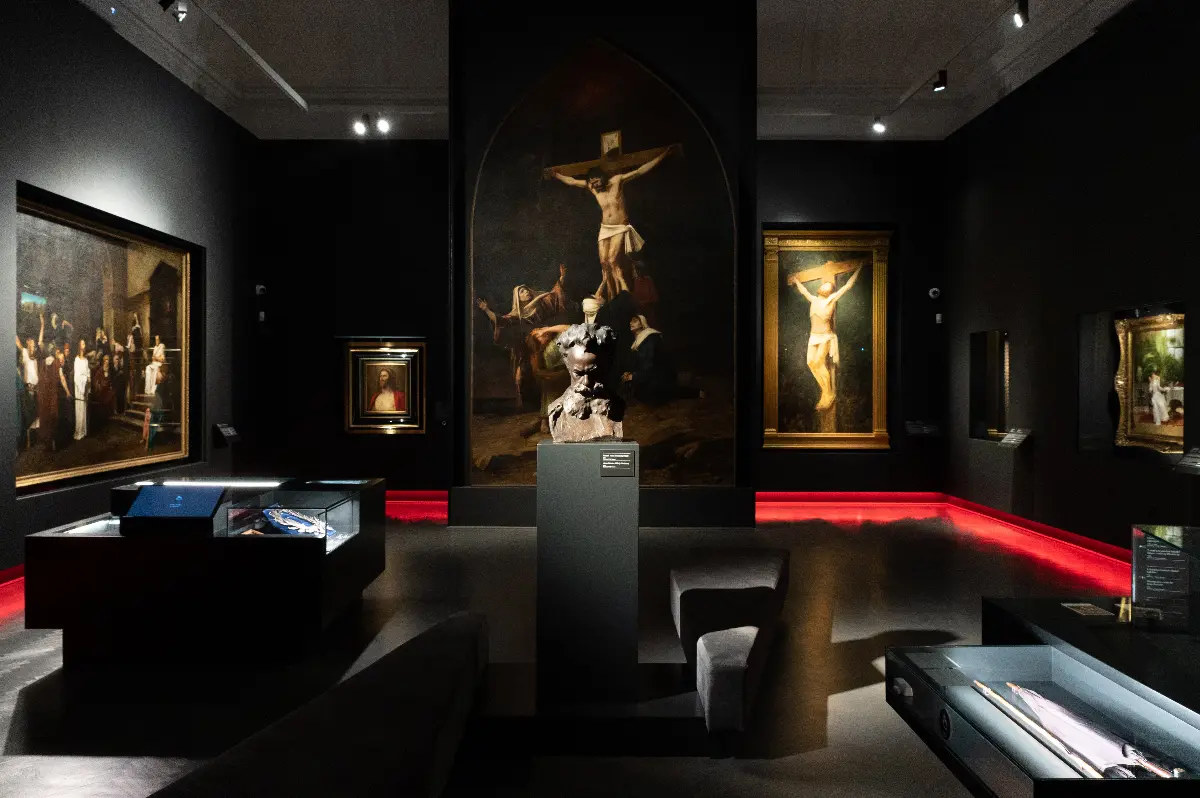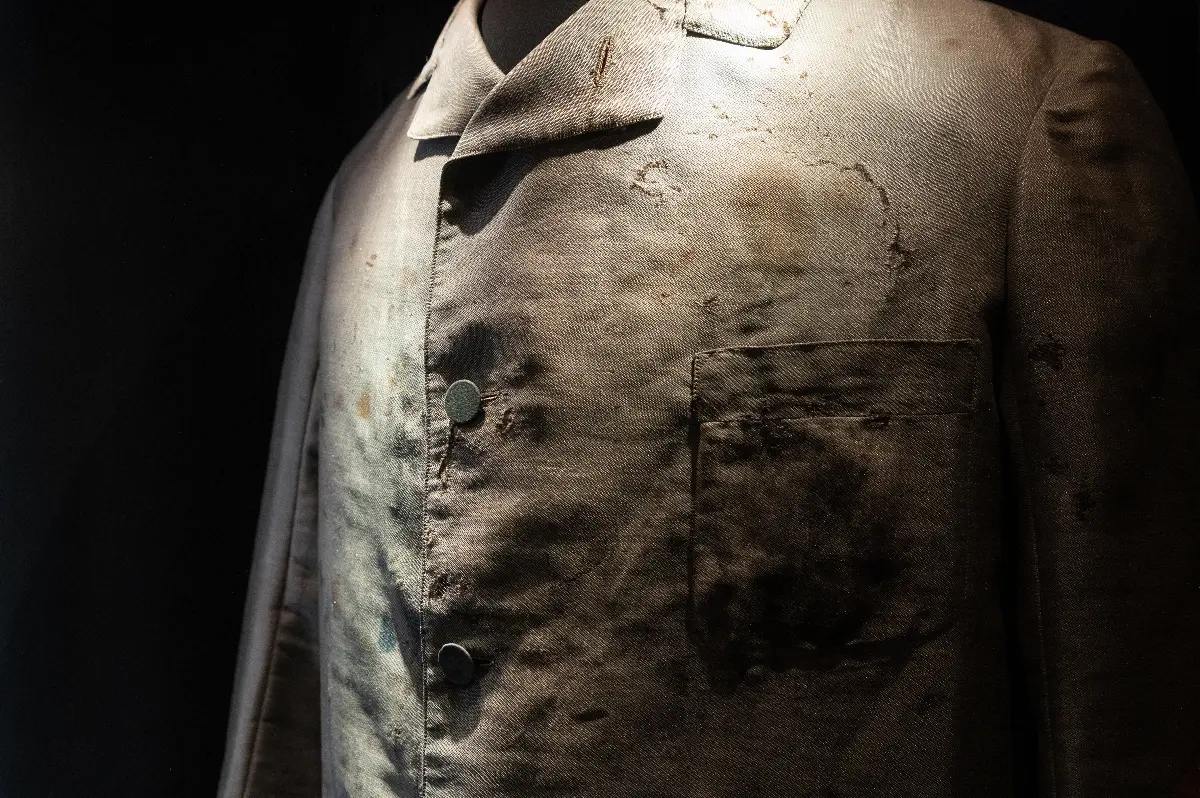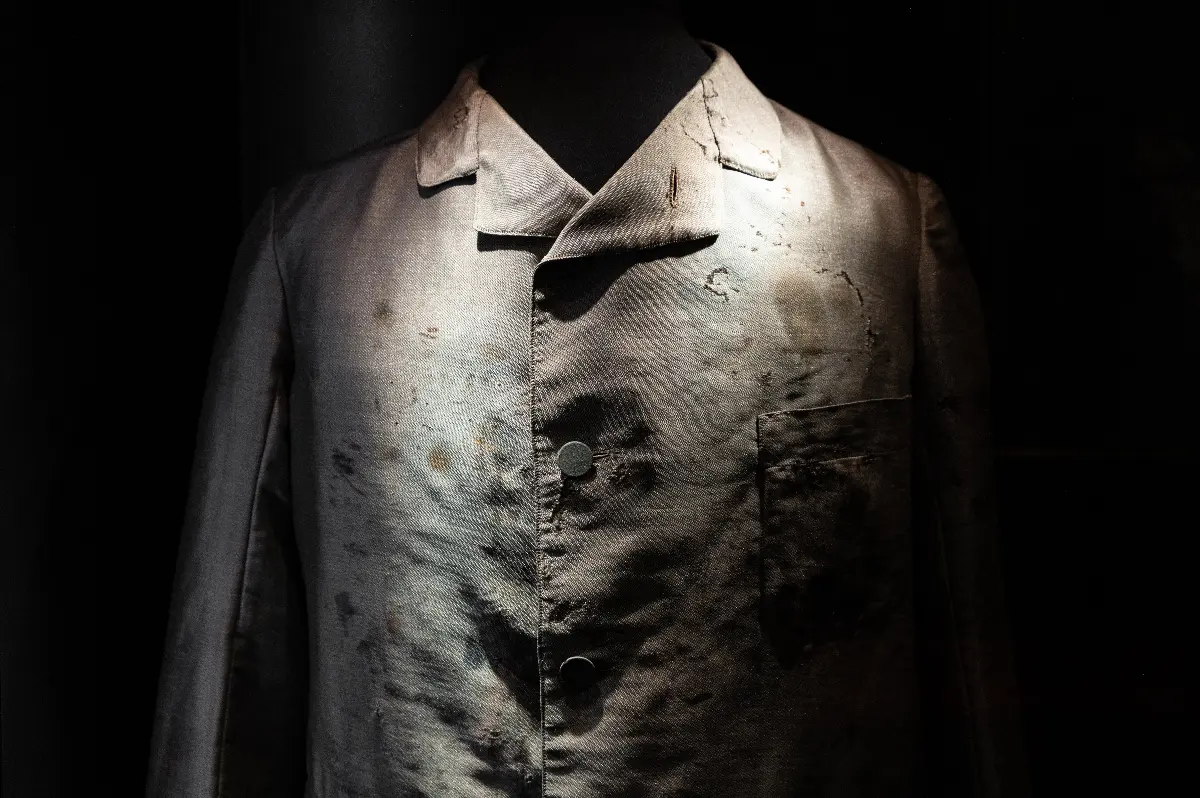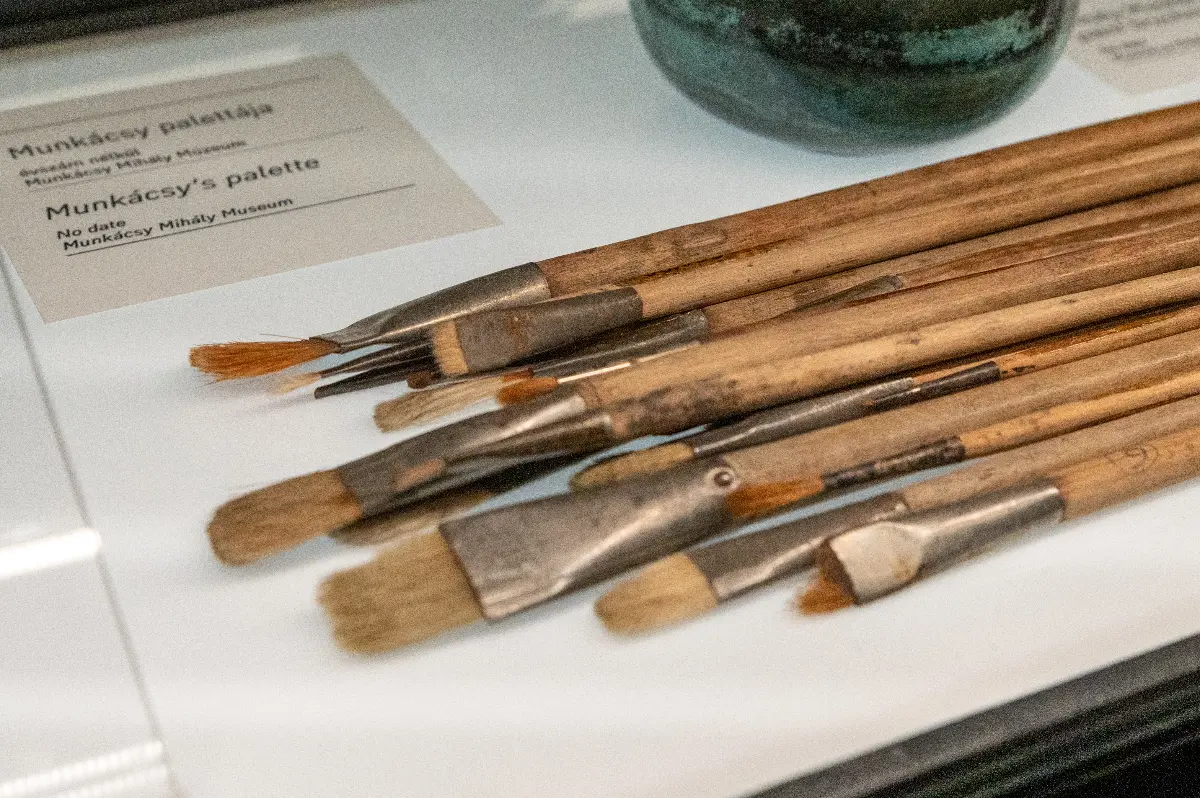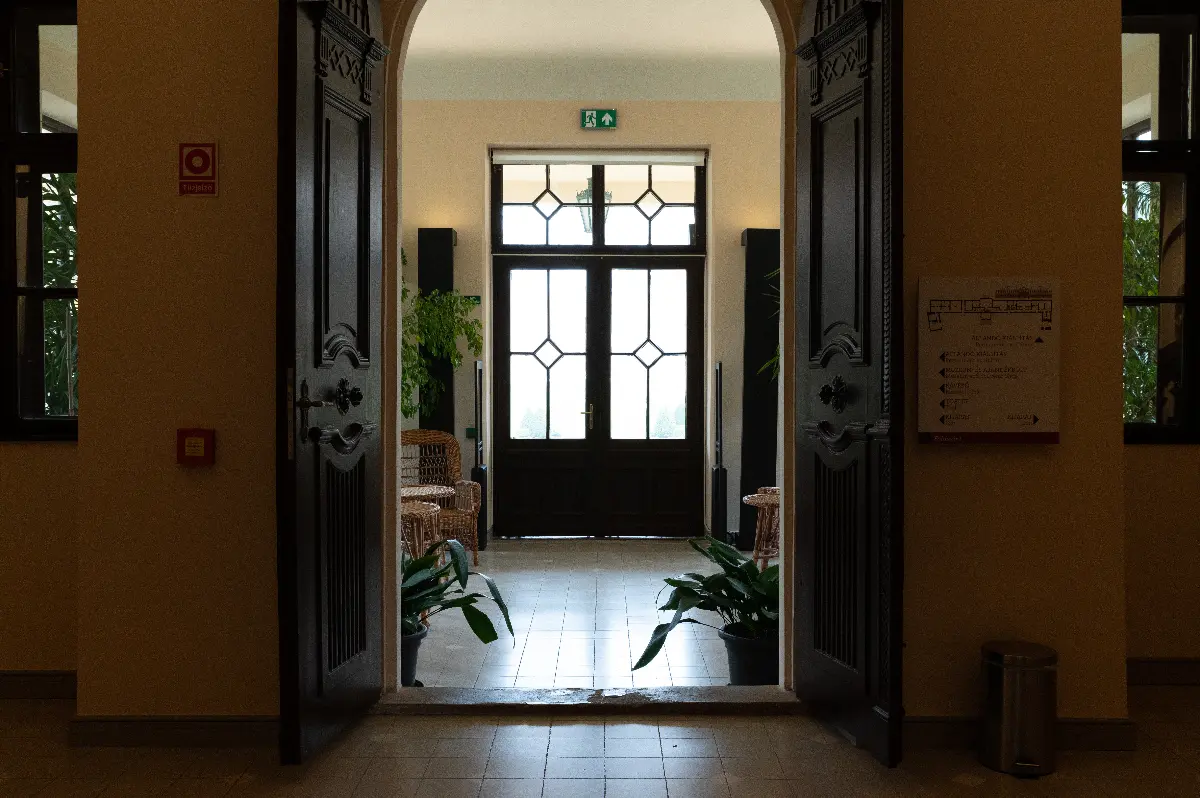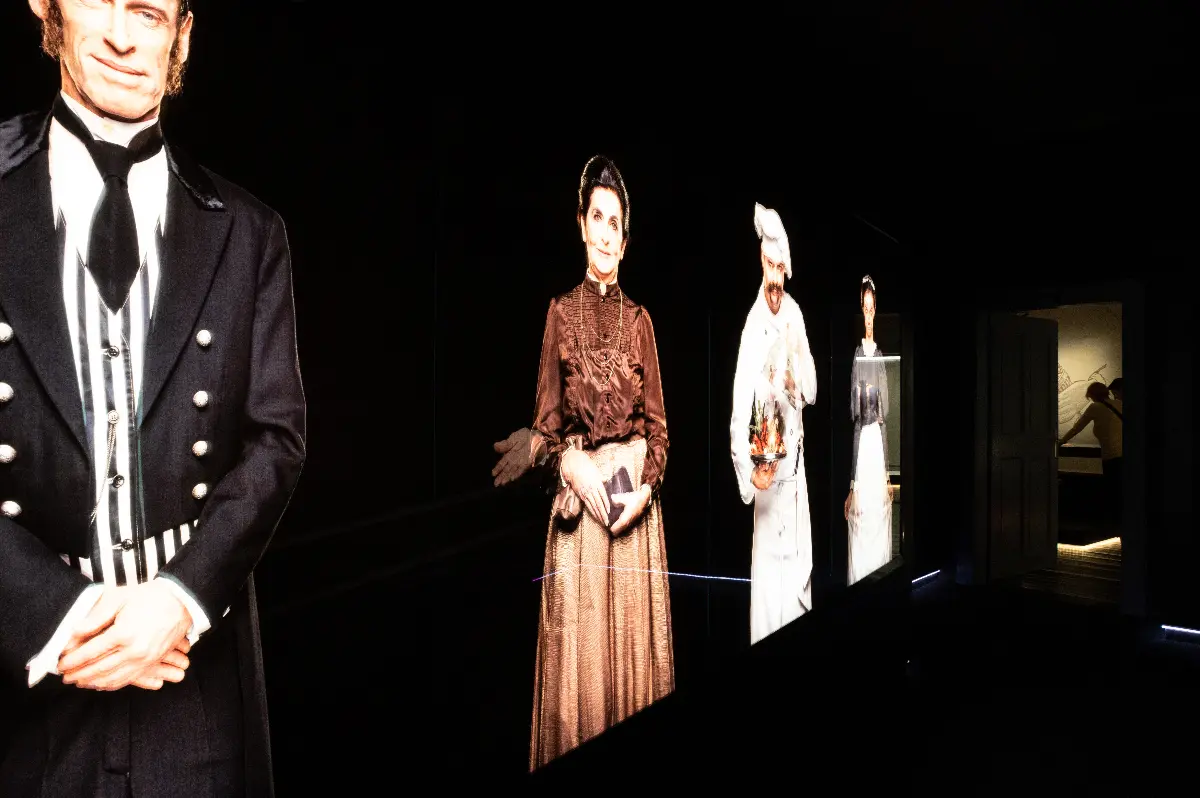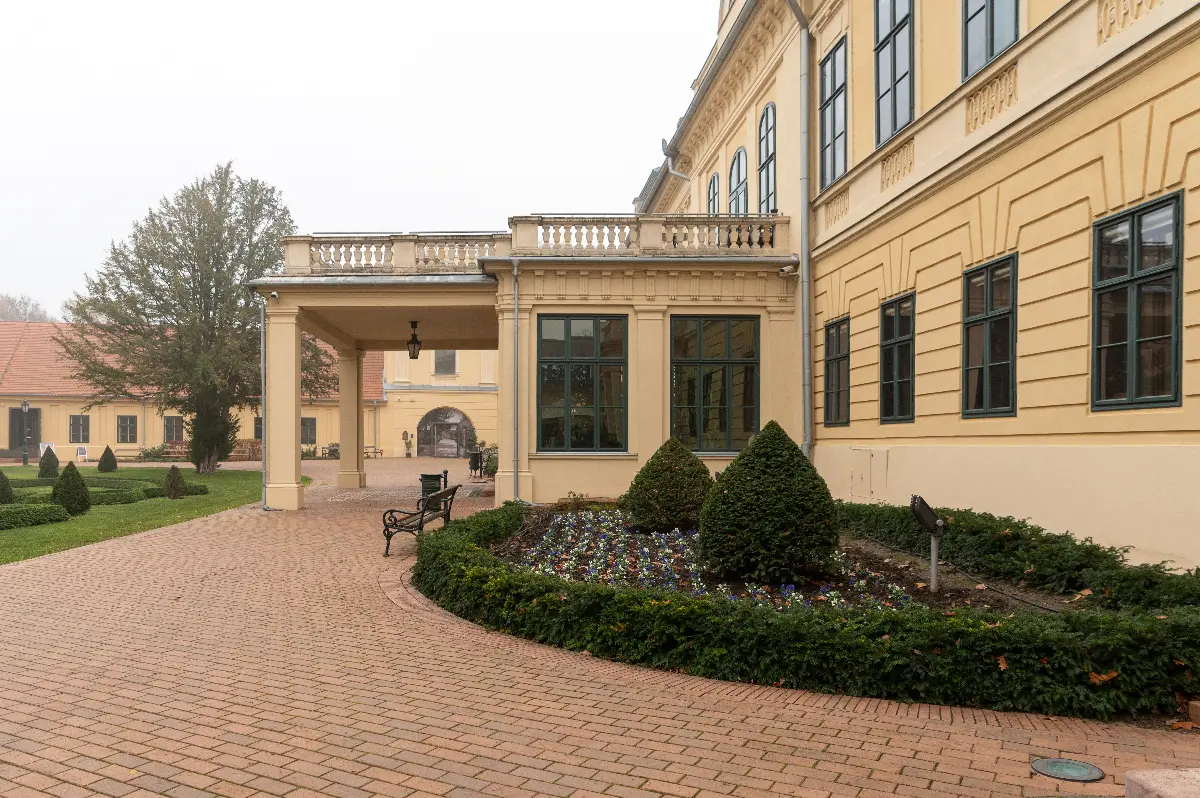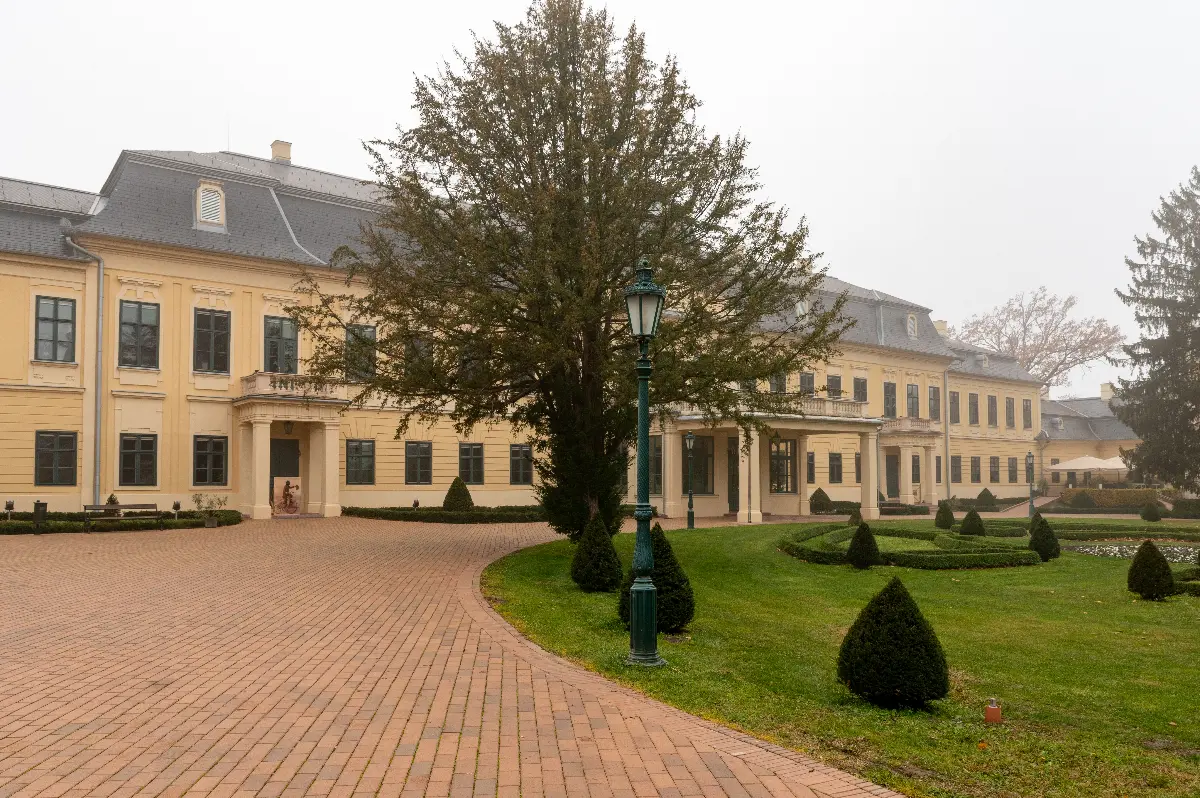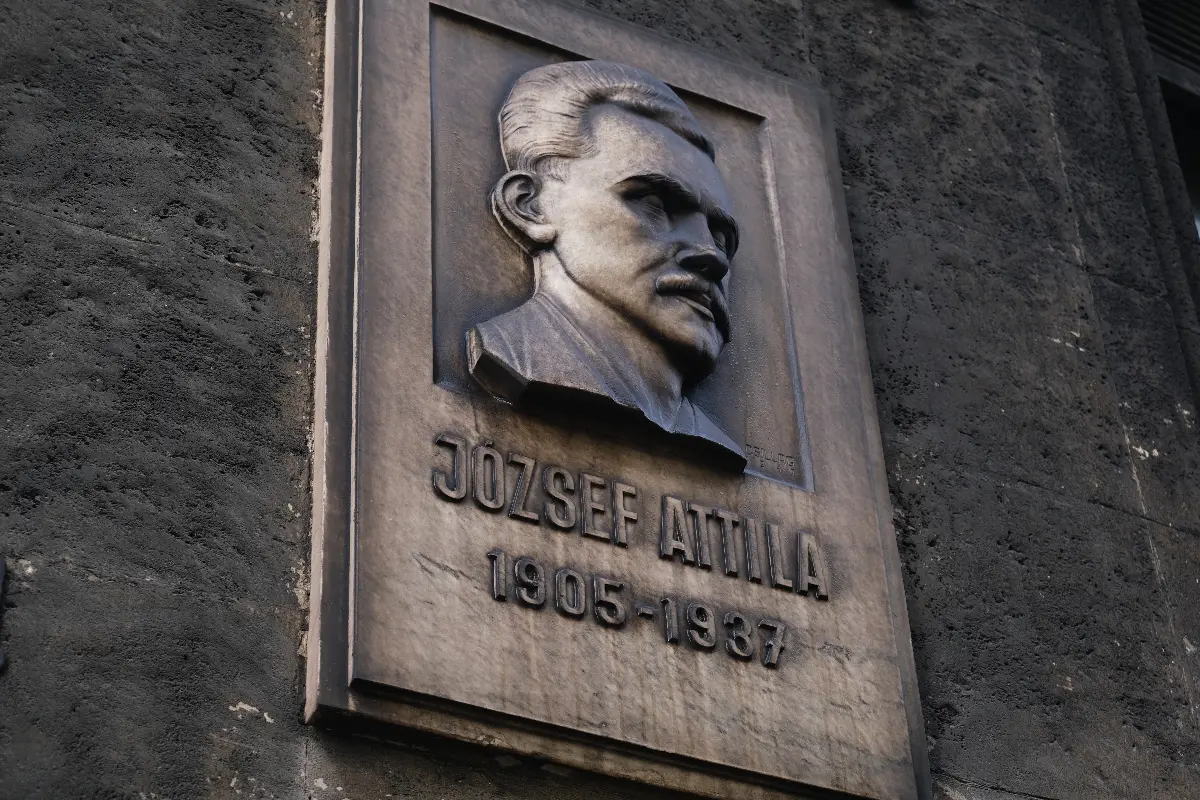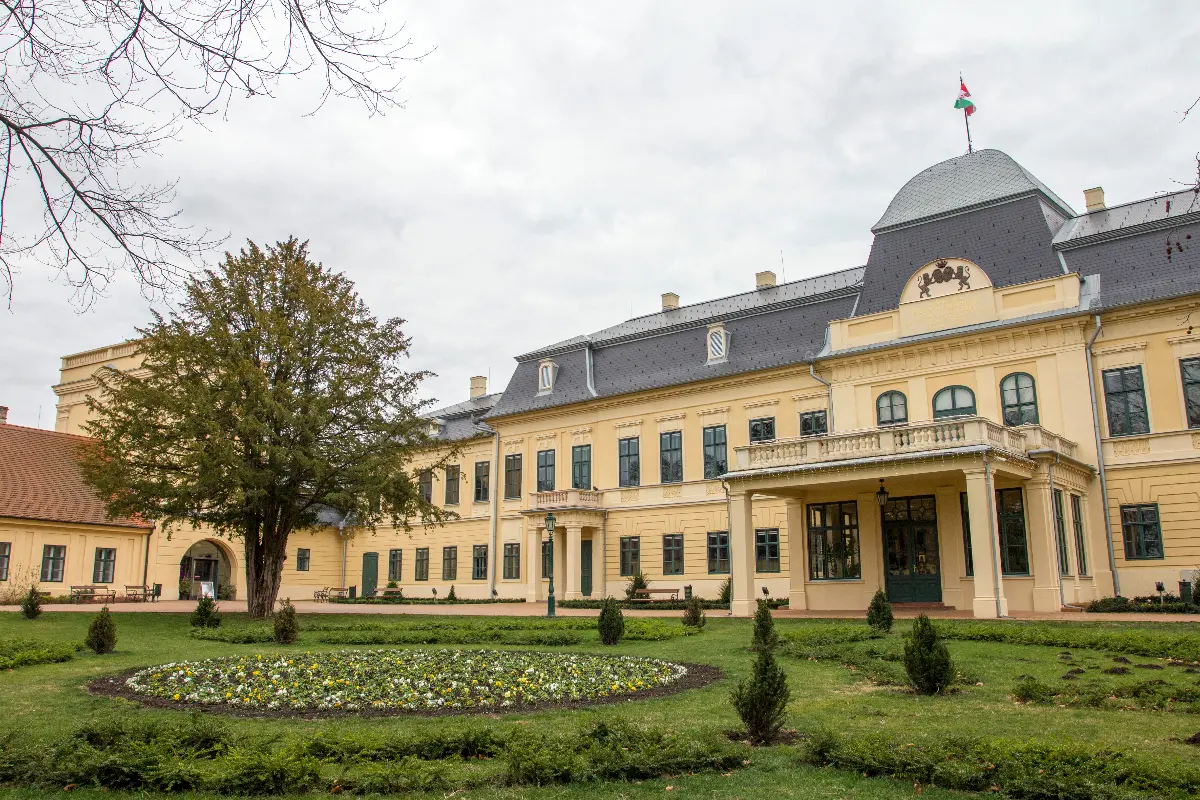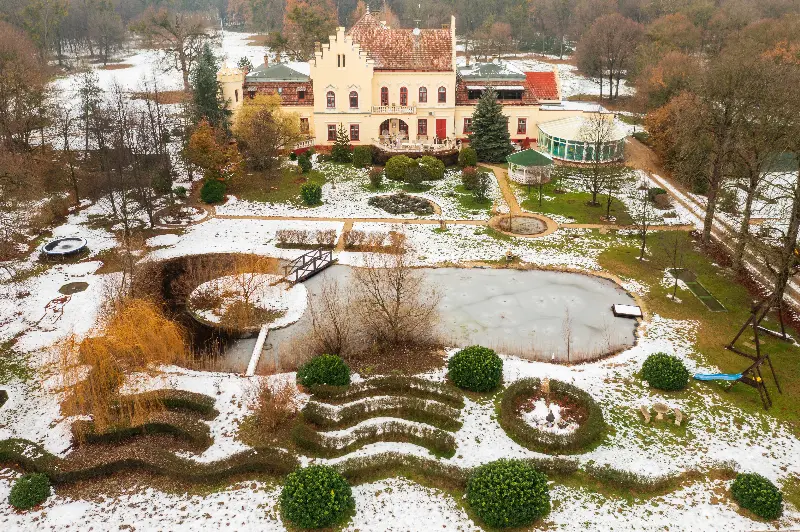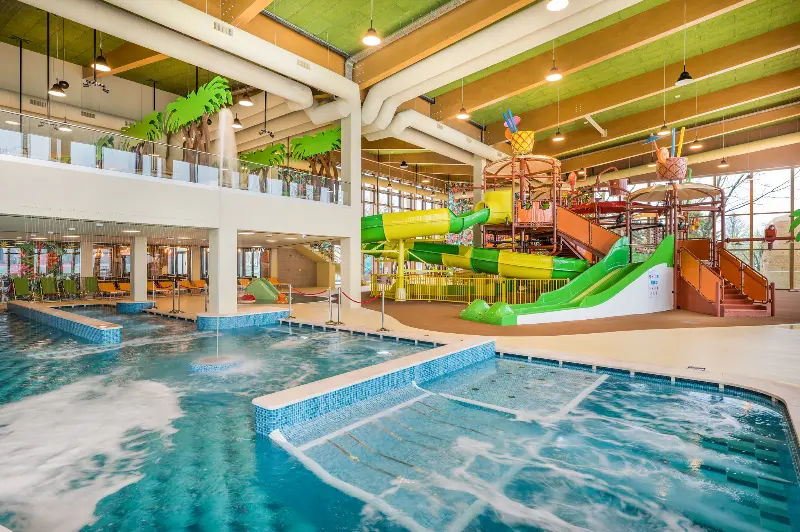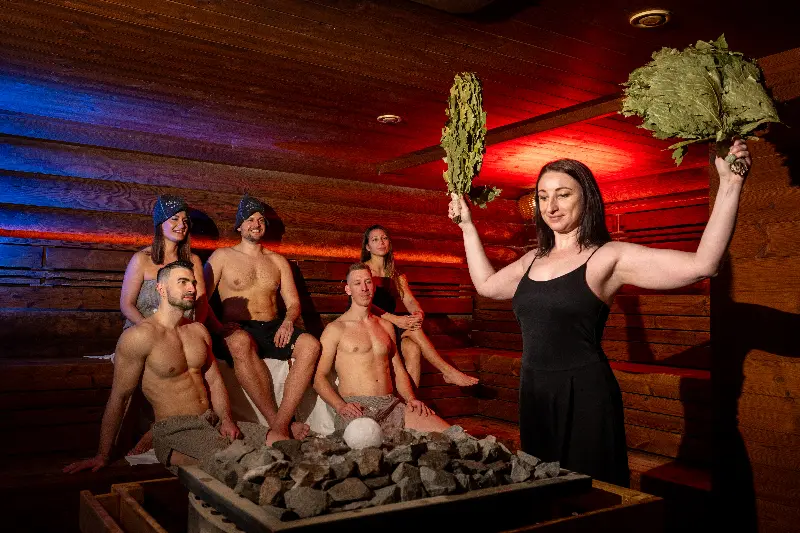
Helyszín címkék:
A rainy day: the best museums in the Viharsarok (Land of Storms)
Káldi Emese
Life stories behind the objects
If you visit the Espersit House of the Attila József Museum in Makó, you can participate in a real time travel. The former home of János Espersit, lawyer and writer, stands in Kazinczy utca (Kazinczy Street), which evokes the atmosphere of the old town, and the eclectic bourgeois house of the late 19th century offers a contemporary atmosphere. This is now the literary exhibition space of the museum, where you can get to a world like it was a hundred years ago: it is easy to imagine the tireless János Espersit, who moved to Makó in 1907 and was a fan of literature and public life, next to the desk of the cosy, tastefully furnished apartment, richly decorated with objects so typical of the bourgeois-intellectual life of the time. You can almost hear the heated conversations the landlord had with the friends he regularly met in the house – politics, poetry and journalism were among the topics. And if that is not exciting enough, a special “story” of the house is that Attila József, Hungarian poet, moved into the downstairs apartment in the winter of 1923 as a protégé of Espresit. Besides him, Espersit also hosted a number of other key figures of the time, so it is no wonder that the permanent exhibition is (also) about them.
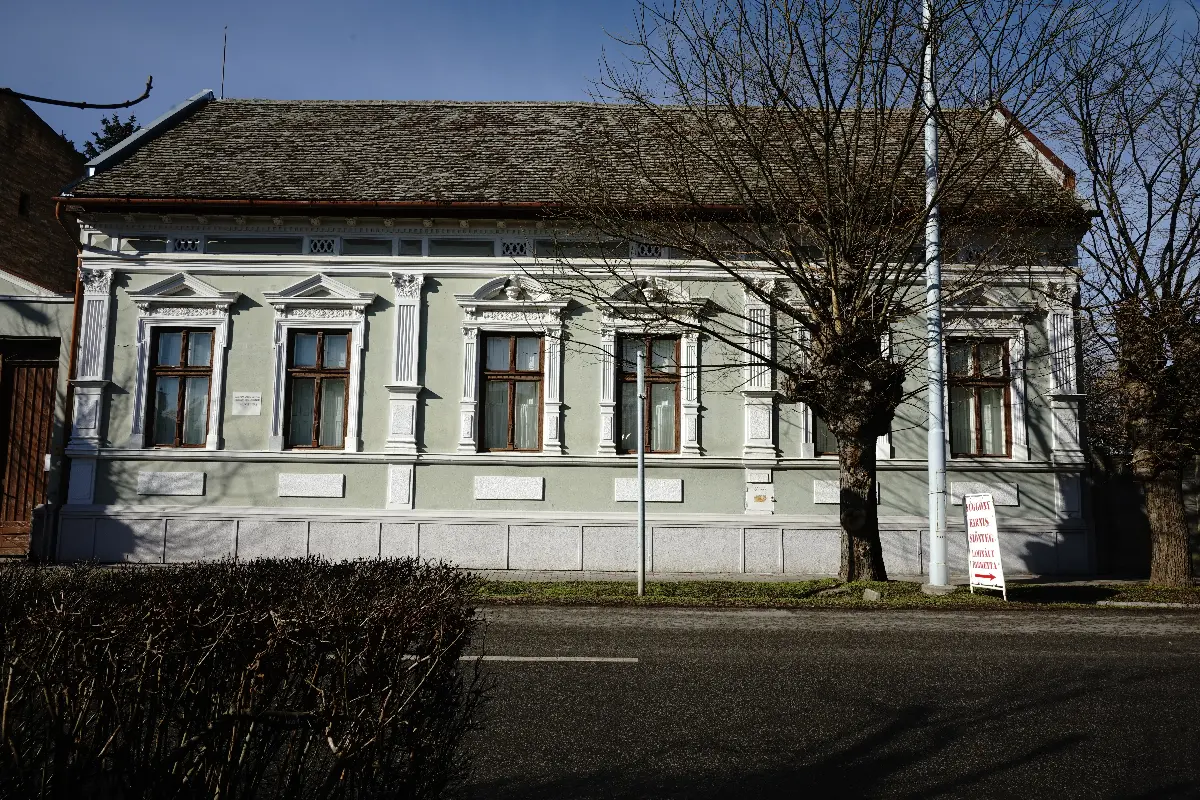
The Munkácsy Mihály Museum in Békéscsaba is also very“visitor-friendly”. It is not so much its cosiness as its history, including the permanent exhibition of Munkácsy's works, “Egy géniusz diadala” (The Triumph of a Genius), and the history of Békéscsaba, that creates a real connection with the area and its inhabitants at all times. The newly renovated, but otherwise long-standing museum is a great guide to the development of the town. Everyday objects can be seen in the display cases, revealing interesting historical moments, local customs or even anecdotes. You can pull a bell rope, have a look at a marketplace coming to life or step into the living room of a block apartment. Nevertheless, you will not feel like you have to process a huge amount of information when you walk through three centuries of the town. (It is a pity that there is no information board in English in this part of the museum – but we can still recommend visiting it to our foreign readers.)
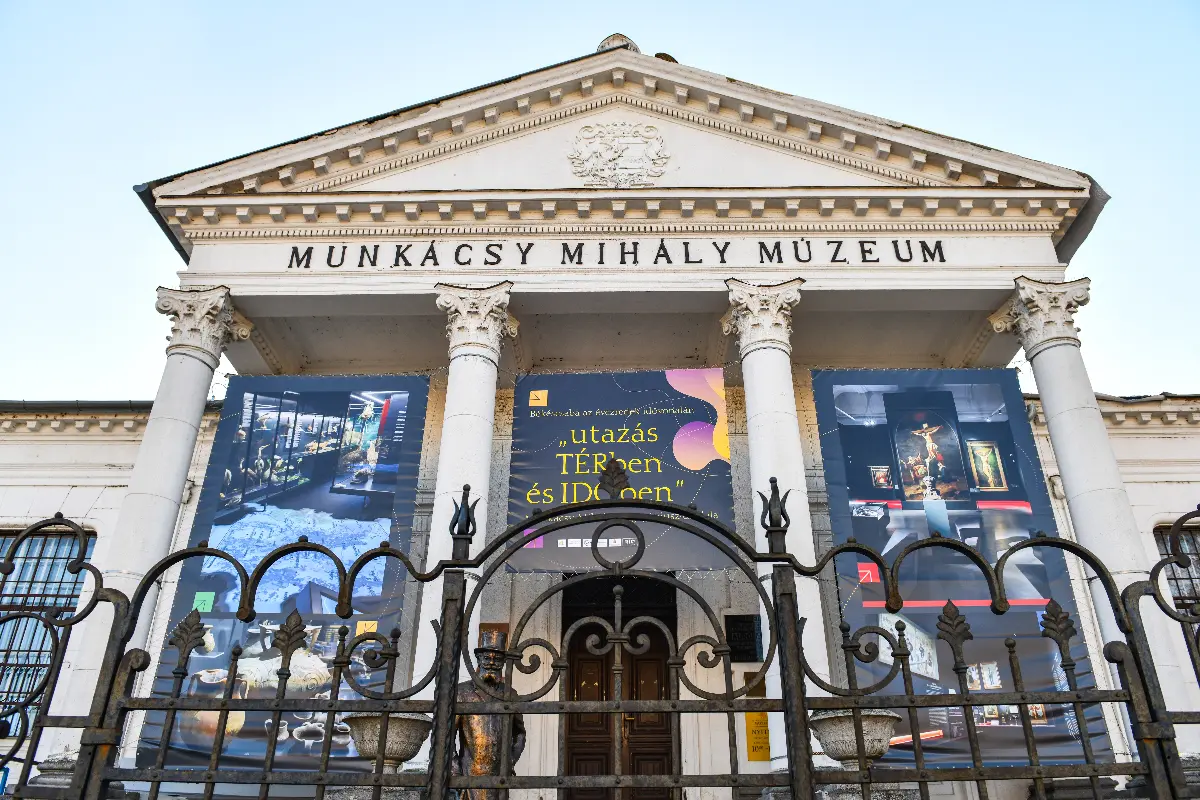
The room dedicated to the museum's namesake is also an unforgettable experience. For those who want to see the whole of Munkácsy's oeuvre here, we have bad news: there is only one room here with his paintings. But it is still an impressive sight – the lighting, the layout and the knowledge material associated with the images will surely be memorable for all. In addition, you can also see some of the painter genius's personal belongings – from the tools he used to paint to his walking stick –, which brings you particularly close to this slightly eccentric but above all very likeable, determined and world-renowned talent.
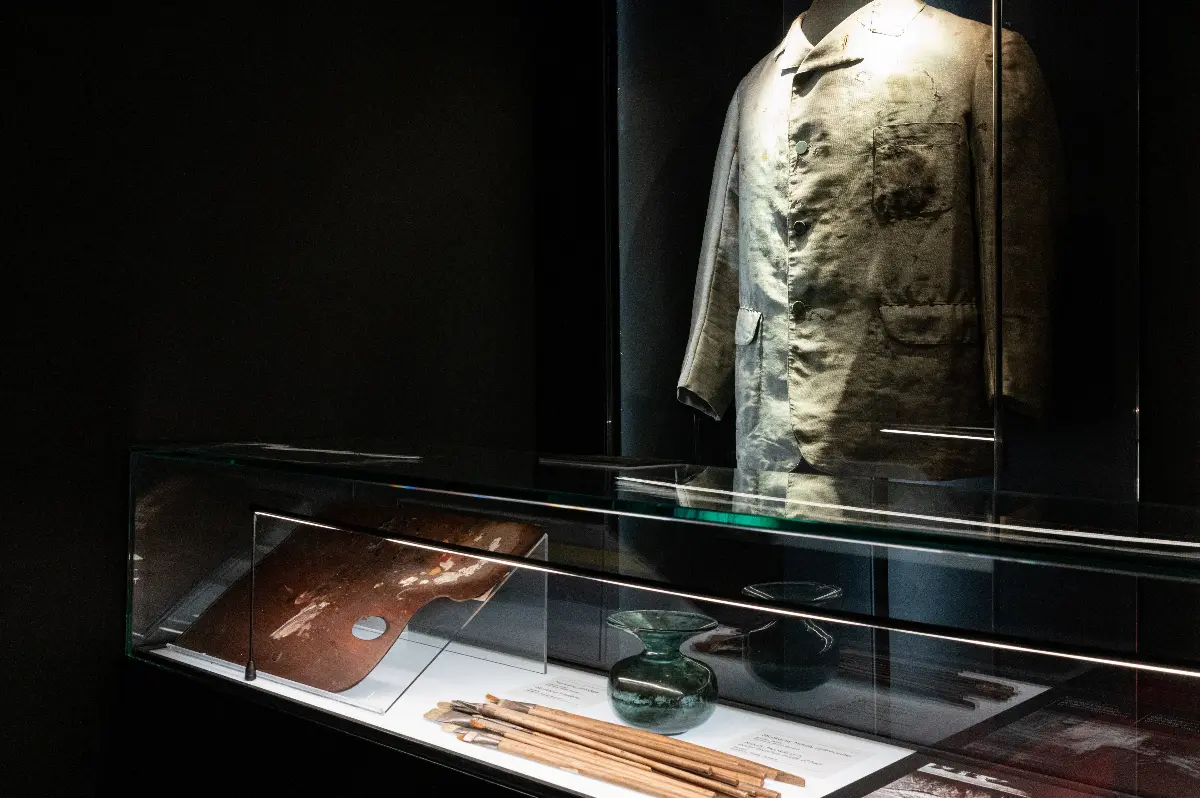
Castle life from below
If you visit Gyula for a museum tour, you will not be disappointed. You can spend hours in the “Almásy-kastély” (Almásy Castle), in the middle of the beautiful park, even if you only visit the permanent exhibition. In the beautifully renovated and modernised building, instead of an exhibition with cordons where you have to wear protective shoe covers, which is a common practice in many Hungarian castles, you can go on a real voyage of discovery here. You can explore the details of gentlemanly life that once took place here through a truly unusual perspective: you can learn about the everyday life of butlers and valets, cooks and maids, as you walk through the halls. You can guess how long it took to shine a decent pair of shoes, find out what a “liveried servant” is, feel the different fabrics used to make the garments, and see the living spaces of the “invisible inhabitants” of the castle.

The upstairs is about the life of the castle's owners, but the exhibition is just as entertaining and interactive here as it is downstairs. Our special favourite is the dress rehearsal, which should be a surprise for everyone. And when you have soaked up all that knowledge and need a breath of fresh air, climb up to the tower lookout of the castle.
